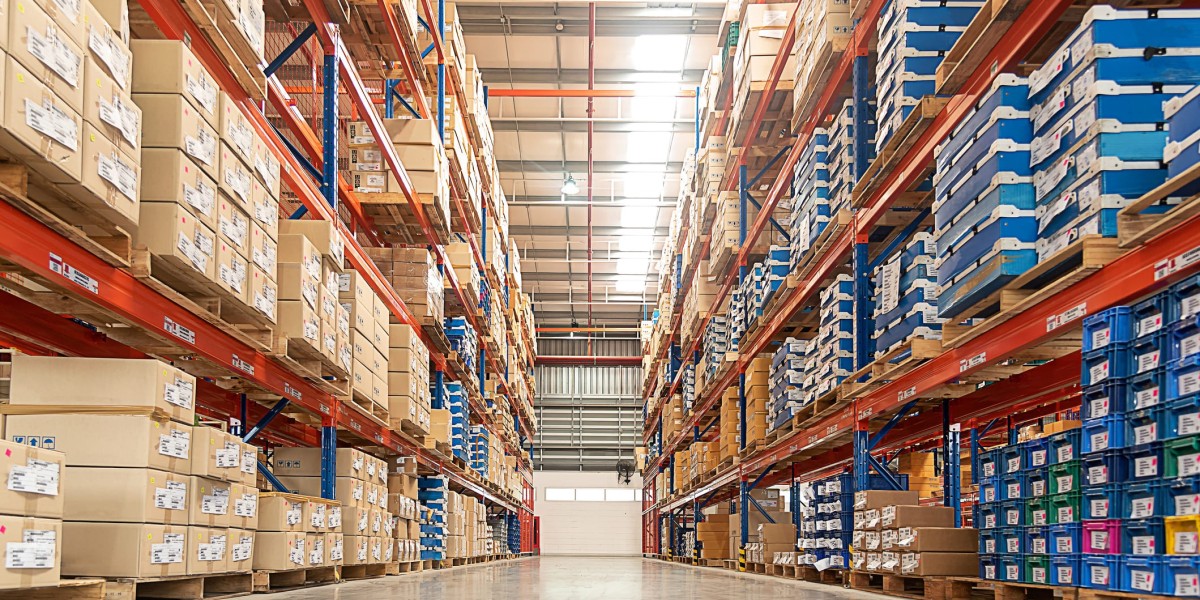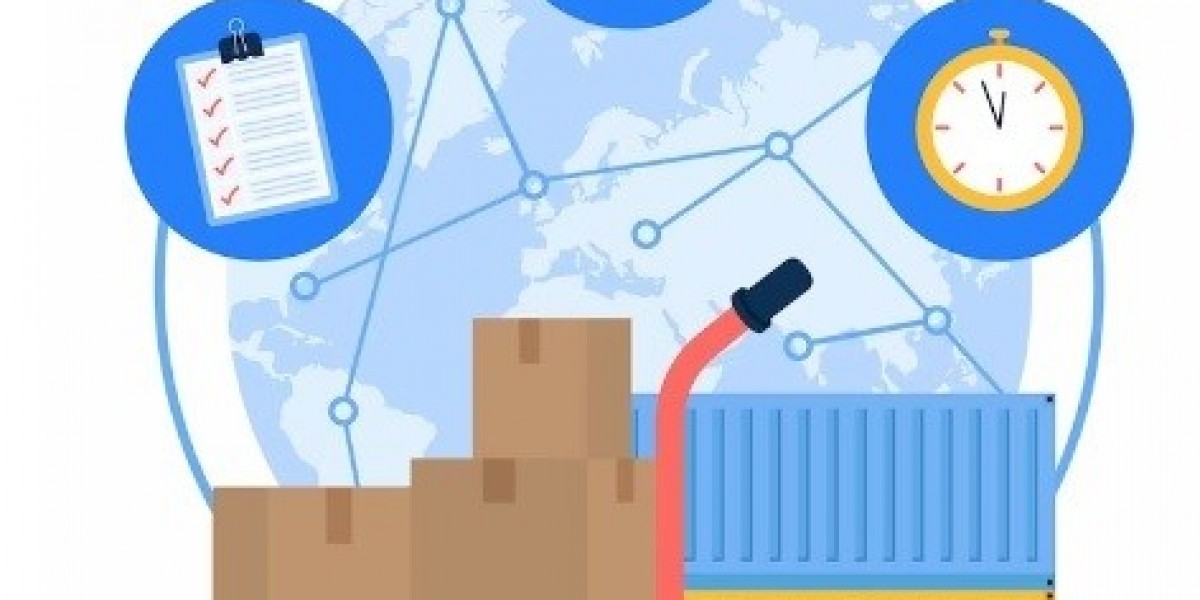Delivery is a specialized logistics service that involves the short-distance movement of goods, usually within the same metropolitan area or between nearby transportation hubs. It is a critical component of the intermodal shipping process, ensuring that cargo moves efficiently between ports, rail terminals, warehouses, and distribution centers.
What is Drayage?
Drayage refers to the transportation of freight over short distances, often between:
- Ports and rail yards
- Warehouses and distribution centers
- Airports and trucking hubs
Drayage is a key part of the supply chain, connecting different modes of transport such as ocean freight, rail freight, and trucking. It plays a vital role in ensuring that goods move seamlessly through intermodal transport systems.
Key Functions of Drayage
- Moving imported/exported containers from ports to inland locations.
- Transferring freight between rail terminals and warehouses.
- Ensuring timely delivery of cargo in intermodal transport chains.
- Handling last-mile delivery for time-sensitive goods.
Types of Drayage Services
1. Port Drayage
Involves moving shipping containers from ports to nearby warehouses or rail terminals.
2. Rail Drayage
Transfers freight between rail terminals and storage facilities.
3. Expedited Drayage
For urgent shipments that require quick transport to meet delivery deadlines.
4. Intermodal Drayage
Transfers containers between different modes of transport, such as from a ship to a train or a truck.
5. Intra-Carrier Drayage
Moves freight within the same logistics facility, port, or rail yard.
6. Door-to-Door Drayage
Involves direct transport from a port or terminal to the final customer location.
Importance of Drayage in Supply Chain Management
1. Enables Smooth Intermodal Transport
Drayage connects ocean, rail, and truck transportation, ensuring seamless freight movement.
2. Reduces Congestion at Ports & Rail Terminals
Quick container movement prevents delays and bottlenecks in busy logistics hubs.
3. Enhances Supply Chain Efficiency
Fast and reliable drayage services help businesses meet tight delivery schedules.
4. Supports Just-in-Time (JIT) Inventory Models
Drayage ensures goods arrive exactly when needed, reducing storage costs.
5. Facilitates Global Trade & E-Commerce
E-commerce and global supply chains depend on drayage for fast delivery from ports and distribution centers.
Challenges in Drayage Operations
1. Port Congestion & Delays
High container volumes at major ports can cause long wait times for drayage trucks.
2. Driver Shortages
The trucking industry faces a shortage of qualified drayage drivers, impacting delivery times.
3. Rising Fuel & Transportation Costs
Fluctuations in fuel prices and road tolls increase drayage expenses.
4. Environmental Regulations
Ports and cities are enforcing stricter emissions rules, requiring cleaner drayage truck fleets.
5. Limited Infrastructure & Space
Many ports and rail terminals lack enough space, leading to congestion and delays in drayage operations.
Future Trends in Drayage Logistics
1. Electric & Low-Emission Drayage Trucks
Many companies are investing in electric and hydrogen-powered drayage trucks to meet sustainability goals.
2. Automation & Smart Logistics
AI-driven route optimization, automated scheduling, and real-time tracking are improving efficiency.
3. Blockchain for Drayage Transparency
Blockchain technology enhances visibility, security, and fraud prevention in container tracking.
4. Expansion of Inland Ports
Inland ports help reduce congestion by acting as secondary hubs for drayage operations.
5. Improved Port & Rail Yard Infrastructure
Investments in larger container storage areas, smart cranes, and automated systems will speed up drayage operations.
Conclusion
Drayage is an essential logistics service that keeps the global supply chain moving efficiently. As the demand for faster, greener, and smarter logistics solutions grows, the drayage industry is evolving with technology, automation, and sustainability initiatives. Businesses that invest in efficient drayage strategies will gain a competitive edge in the rapidly changing transportation landscape.









